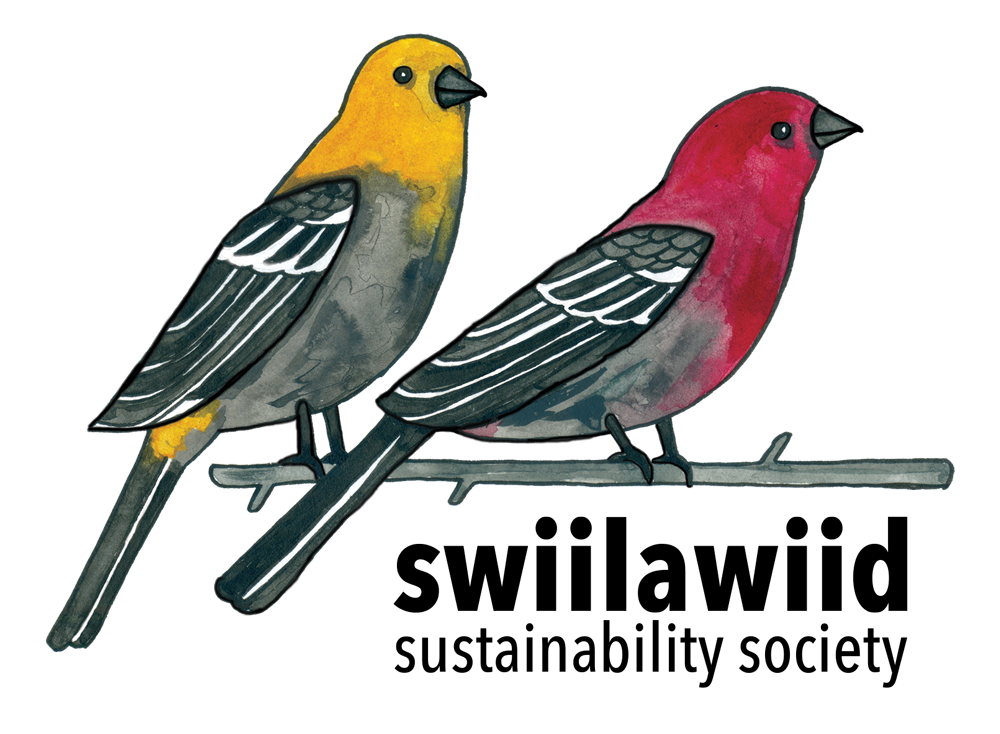Run-of-River (RoR)
Run-of-River (ROR) hydro projects— sometimes called small-hydro or microhydro— utilizes the natural flow of a stream or creek, and any elevation differences to help harness energy via turbine(s). A portion of the stream is diverted through a pipe downstream, which turns a turbine attached to a generator that creates electricity. The water is then released back into the stream.
On Haida Gwaii
Private companies and local governments have explored larger projects but currently, ROR is only used on a residential scale on Haida Gwaii.
Advantages
ROR can be a readily available source of energy for sites that have the right balance of water flow and steepness and where transmission and connection to the grid is accessible and affordable. While community-scale projects can take many years to get operational, with some maintenance and the right conditions, ROR projects can last 80 years or longer. Unlike traditional reservoir-based hydro, ROR does not flood land but since there is no storage, this also means that electricity depends on a reliable source of flow.
Considerations
ROR has ecological effects on the stream in the diverted portion, which can effect aquatic habitats and have a negative effect on fish and other animal communities. The cost and impacts of access roads, maintenance and transmission lines to remote areas is also a consideration. Small and large ROR projects must have good and careful planning, assessments, and design.

